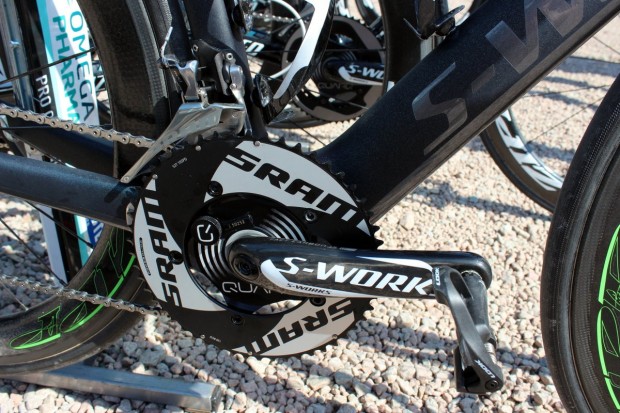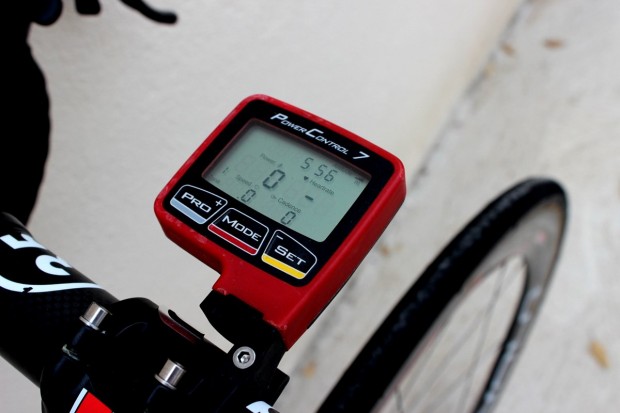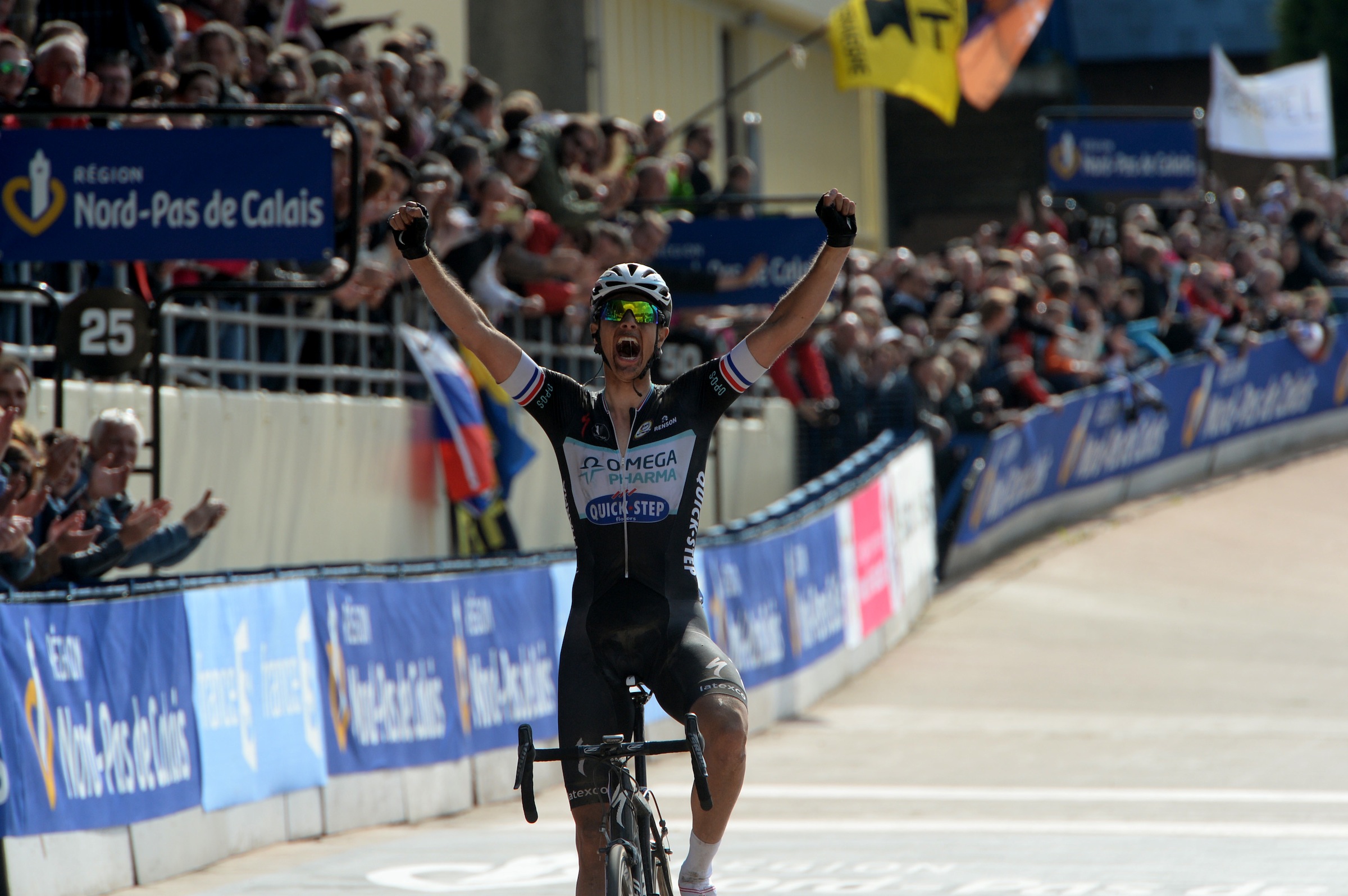Watts have replaced old-fashioned ‘feel’ and heart rate as the data currency for pros but the rest of us have survived for decades without knowing our maximum power output, functional threshold power and the like.
Stephen Gallagher, a former professional cyclist and now a director of Dig Deep Coaching, says interest in power meters has grown dramatically in recent years, with the WorldTour peloton acting as cycling’s shop window for enthusiastic amateurs, and that is only set to continue. So can Joe Bloggs, aiming to ride the Marmotte in the summer or start racing, really justify a power meter?
If you’ve got this far then, chances are, you’re at least thinking about it and while you’re unlikely to need a power meter to train hard and reap the reward, it will enable you to use your time on the road more effectively, according to Paul Mill, owner of Elite Cycling and a British Cycling level three coach

“A lot of my riders aren’t top-end athletes,” says Mill. “If you’re trying to attain a level or have a goal – whatever that is – then training with power allows you to focus your effort and make the most of your time on the bike.”
The advantage of using power over heart rate, Mill says, is that while heart rate is a relative figure which measures your body’s response to effort – or it’s input – power is an absolute figure which instantly measures your output.
“Power doesn’t lie,” he says. “The result is there as soon on press on pedals, whereas heart rate is a very slow responder to exercise. It can also be affected by external factors like caffeine, lack of sleep, hydration and temperature.”
Gallagher says heart rate and power should be used together in order to see how your body is developing and reacting to training, but that it is power than gives a cyclist the means to make the greatest strides forward.

“Training with power is perhaps even more applicable to people with full-time jobs and families than it is to pros,” says Gallagher, who believes power meters will be sold with, or integrated into, bikes in the not too distant future. “If you only have 90 minutes – or even less than an hour – to train then very little of that time can be wasted if you want to get a quality session in.
Power eliminates the guess work from training, say Mill, and allows a rider to target their training according to their goals. As a result, a committed power meter user is likely to reap the reward. The key word is commitment.
“Make sure you do your research beforehand. Like anything, there as pluses and minuses. Some riders find it tedious to always train with power and don’t enjoy the bike so much, or they don’t get to take in the scenery because they’re always focused on data.”
Take the fun out of cycling and your training will soon ground to a halt, so if you’re still not sure, power meters are readily available to rent. Cyclepowermeters.com has a wide range available, while a number of coaching providers, including our experts from Dig Deep Coaching and Elite Cycling also provide power meters to rent on a monthly basis.




